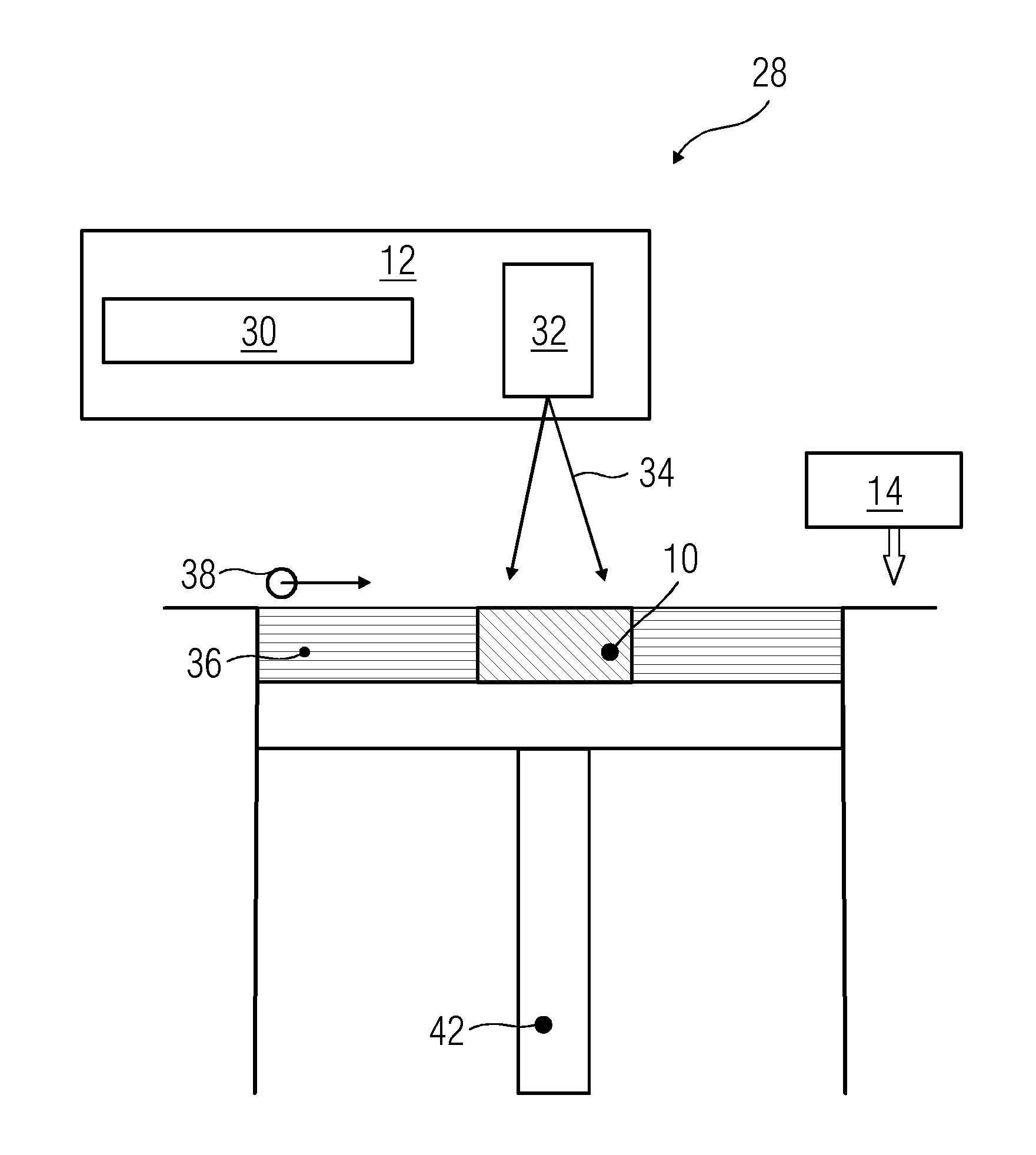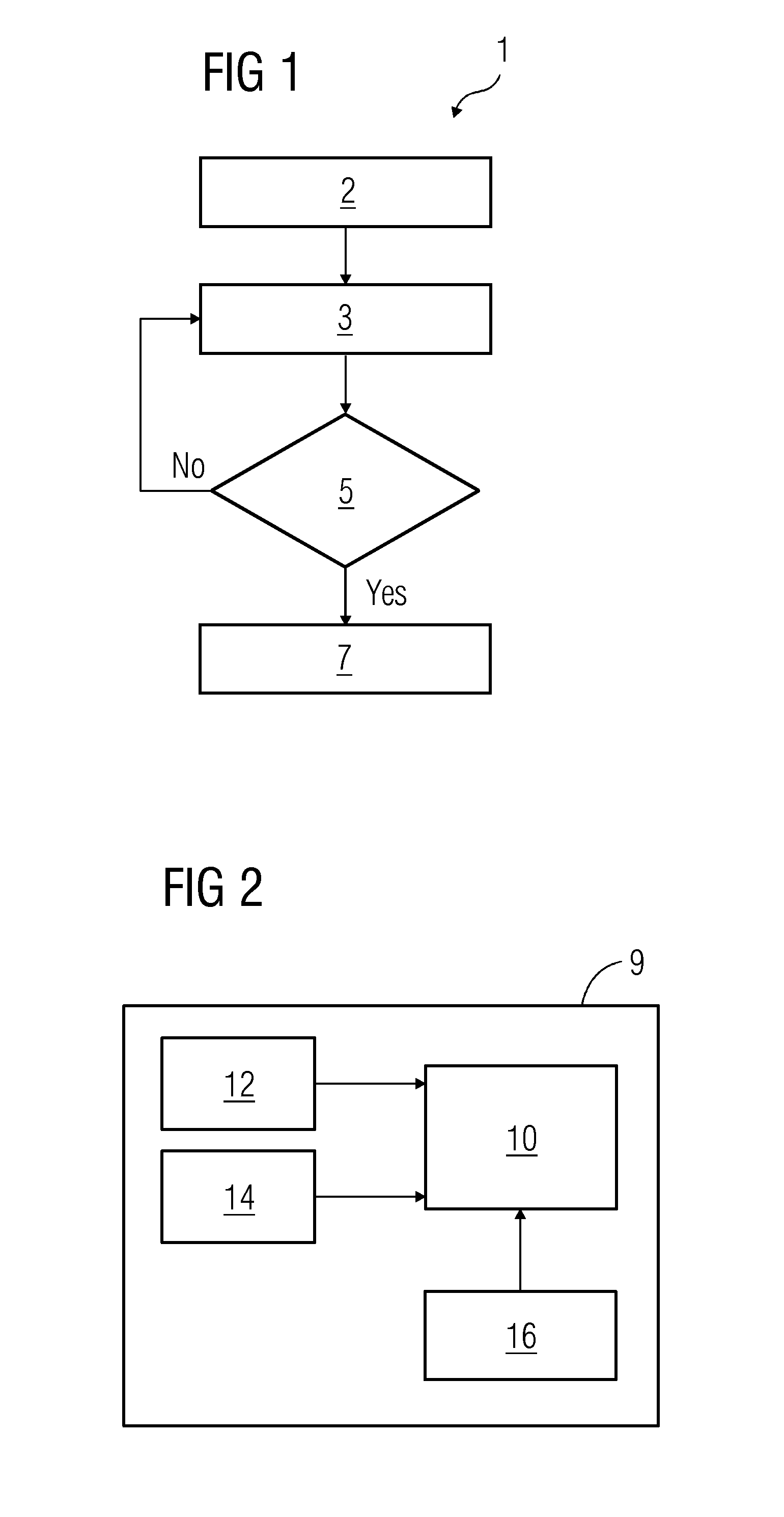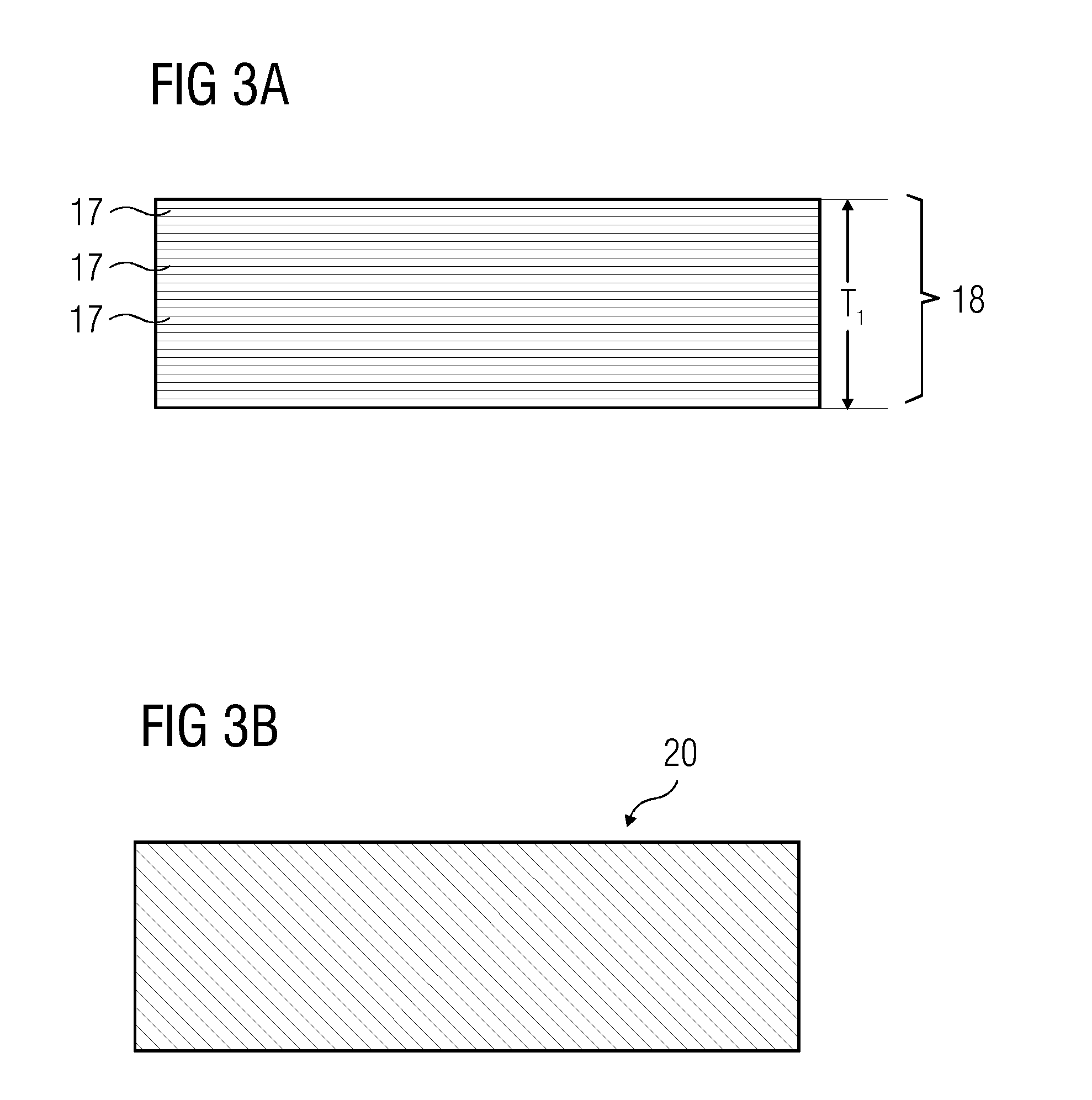Method and an apparatus for controlling grain size of a component
a technology of component grain size and control method, which is applied in the field of additive manufacturing, can solve the problems of small grain size in a solidified component, limited time for solidification of melted powder layer, and rapid solidification
- Summary
- Abstract
- Description
- Claims
- Application Information
AI Technical Summary
Benefits of technology
Problems solved by technology
Method used
Image
Examples
Embodiment Construction
[0024]FIG. 1 illustrates a flow diagram of an exemplary method of controlling a grain size of a component generated using an additive manufacturing (AM) process. The AM process can include at least one of selective laser melting (SLM), electron beam melting (EBM), laser metal forming (LMF), laser engineered net shape (LENS), or direct metal deposition (DMD). At step 2, a first fused layer of the component is constructed by fusing a plurality of layers of a fusible material using a heat source. The plurality of layers of fusible materials may be, for example, a powdered metal or alloy. The heat source used to fuse the plurality of layers may be a high powered laser source. In some embodiments, the heat source may be an electric arc. The heat source is directed to melt specific quantities of the layers of material in order to fuse them to generate a first fused layer of the component. The first fused layer of the component has a thickness T1. The thickness T1 of the first fused layer ...
PUM
| Property | Measurement | Unit |
|---|---|---|
| grain size | aaaaa | aaaaa |
| thickness T1 | aaaaa | aaaaa |
| stress | aaaaa | aaaaa |
Abstract
Description
Claims
Application Information
 Login to View More
Login to View More - R&D
- Intellectual Property
- Life Sciences
- Materials
- Tech Scout
- Unparalleled Data Quality
- Higher Quality Content
- 60% Fewer Hallucinations
Browse by: Latest US Patents, China's latest patents, Technical Efficacy Thesaurus, Application Domain, Technology Topic, Popular Technical Reports.
© 2025 PatSnap. All rights reserved.Legal|Privacy policy|Modern Slavery Act Transparency Statement|Sitemap|About US| Contact US: help@patsnap.com



